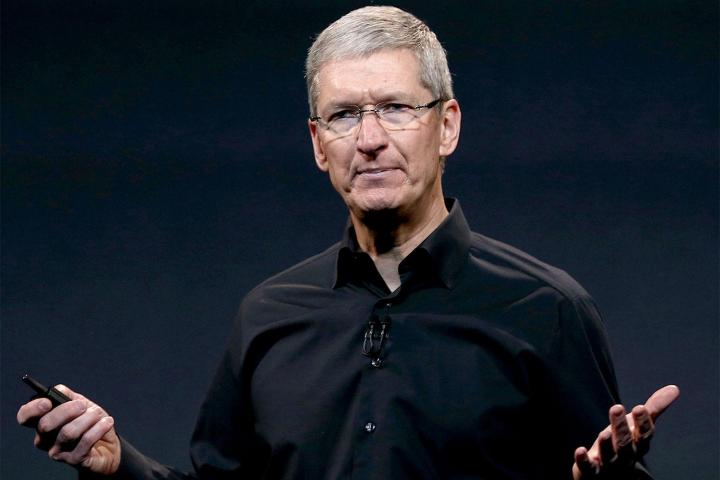
For a quick refresher, Apple sued the South Korean giant back in 2011 claiming that Samsung infringed on patented designs and technology utilized in the iPhone. Samsung was ordered to pay $930 million to Apple, but that amount was later reduced by about $382 million by an appeals court. In December 2015, Samsung was ordered to pay $548 million to Apple along with an additional $180 million for “supplemental damages for continued infringement, plus interest.”
In February 2016, an appeals court overturned a separate 2014 ruling that ordered Samsung to pay $119.6 million to Apple for infringing on smartphone patents, awarding a victory to the Korean company. The court even found that Apple infringed on one of Samsung’s patents, and Apple was ordered to pay $158,400. While it was a loss, that amount is chump change for the Cupertino company.
In July 2015, major tech companies including Google, HP, Facebook, Ebay, Dell and more filed an amicus brief supporting Samsung. An amicus brief is a letter from parties that have an interest in the case, and it offers unsolicited information to the court. A year later in July 2016, the U.S. Supreme Court agreed to take the case, and the first oral arguments will be heard on Oct. 10.
The date looms closer, and now we have more than a hundred designers and educators undersigned to another amicus brief — but this time, it’s in support of Apple. The undersigned are impressive as they have provided product design services to companies such as Apple, AT&T, Calvin Klein, Coca-Cola, Ford, General Electric, General Motors, HP, Google, IBM, the New York Stock Exchange, NASA, Samsung itself, and more.
It also features names such as Raymond Riley, executive creative director at Microsoft; Bruce Claxton, the former senior director of design at Motorola Solutions; Calvin Klein, the founder of the fashion brand; Sohrab Vossoughi, a former senior industrial designer at HP; and many others.
The point the Supreme Court will decide is whether or not design patent damages should only be calculated by determining lost profits relating to the component that infringes on a patent, or relating to the entire device. Samsung argues for the former interpretation, and claims $399 million of the $548 million it was ordered to pay — which was initially awarded for infringing the design of the iPhone’s round corners, bezels, and more — is excessive.
The designers and educators believe Apple should be compensated with Samsung’s total profits, because a copied design can mean a lost sale.
“When a manufacturer copies the design of a successful product, it captures the consumer’s understanding of what the product does and what the product means,” according to the brief. “Moreover, copying of a design also allows the copier to enter the marketplace on the back of the brand attributes built by the patent holder — who has expended vast sums and effort in design, development, quality standards, marketing, sales, and product promotion.”
Samsung responded to our request for comment. “We have received overwhelming support for overturning the ruling in favor of Apple, including from leading patent experts, numerous concerned companies, and the U.S. government,” a Samsung spokesperson told Digital Trends. “If left uncorrected, the Appeals court’s ruling could lead to diminished innovation, pave the way for design troll patent litigation and negatively impact the economy and consumers.”
Editors' Recommendations
- Apple vs. Samsung: Who has the best lock screen customization in 2022?
- Samsung and Apple dominated the smartphone market in 2021
- iPhone 13 and Z Flip 3 keep Apple and Samsung sales strong in U.S. and Europe
- Together, Google and Samsung just may have a chance to beat the Apple Watch
- Samsung Galaxy S20 Plus vs. iPhone 11 Pro Max: Get Plus or go Max?


